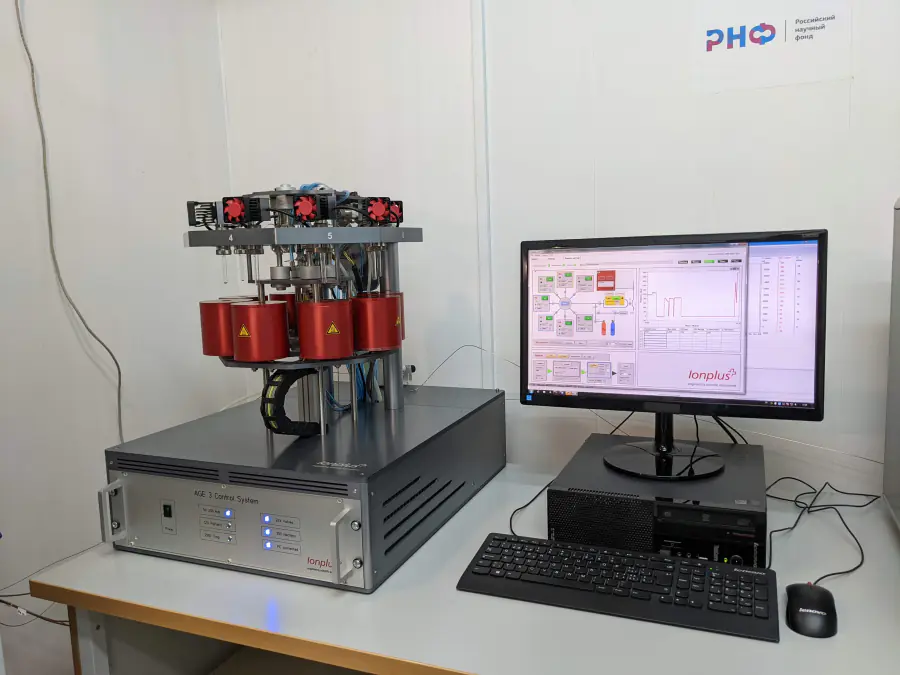Laboratory of Radiocarbon Dating and Electron Microscopy
Methodological and methodical work in the field of radiocarbon dating of various carbon-containing materials. The use of scintillation (LCS) and accelerator (AMS) techniques in radiocarbon dating. Radiocarbon dating of organic matter(s) of soils and sediments. Approaches to the allocation of the "dating fraction". Determination of the coefficient of renewal of organic matter of modern soils, determination of the rates of carbon fluxes in the soil-atmosphere system based on radiocarbon data, assessment of carbon fluxes in soils of various epochs and their dynamics in connection with climate change. Application of the radiocarbon method in paleogeography, soil science, geology, and archaeology. A hierarchical morpho-genetic method for the study of soils and soil-like bodies (IMG), which consists in the sequential study of phenomena and signs at each level of the structural organization of an object: macro-, meso-, micro- and submicromorphological. The laboratory (IGAN International laboratory index, IGANAMS) performs a full cycle of radiocarbon dating of various carbon-containing materials (wood, coal, soils and soil-like bodies, sediments, peat, human and animal bones, etc.): physico-chemical processing of samples and isolation of dating fractions; synthesis of benzene from finished preparations; measurement of radiocarbon activity with using a scintillation spectrometer-radiometer. The laboratory is one of the few in the world whose main specialization is the dating of soil organic matter and soil-like bodies. The laboratory cleans samples from foreign impurities, prepares preparations and graphitizes carbon for dating using accelerator mass spectrometry (AMS). For the production of graphite, a unique automated installation is used (AGE3, IonPlus, Switzerland), which has no analogues in Russia yet. A few milligrams of the dated material are sufficient for analysis. The laboratory performs a full range of studies of the substance using electron microscopy.
- Radiocarbon dating
- Graphitization of carbon-containing samples
- Scanning electron microscopy (SEM)
- Optical microscopy
- Mass spectrometry
- Raman spectroscopy
Research directions
Radiocarbon dating






